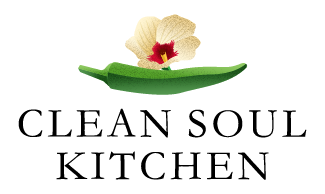Better Blue?

It's the day after Halloween, and the husband and I have sorted through the kids' goodies from last night. That means no peanuts for my daughter and nothing blue, purple, or green for my son. We have to be careful that he doesn't consume any Blue No. 1 or No 2 because of his G6PD deficiency - and blue food coloring seems to be everywhere. They even use it in some brands of blueberry yogurt!
Humans are color seeking animals – which means that the way food looks is as important as how it tastes. To that end, food manufacturers have long learned how to exploit our natural preference for bright colors by developing ways to artificially tint everything from boxed macaroni and cheese to “grape” flavored candy. Problem is, these synthetic dyes can cause allergic reactions, jaundice and anemia, and have even been linked to attention deficit disorder (ADD). A lot of attention has been paid to red food coloring mostly because of the “ick” factor (the color is derived from crushed insects) and the fact that lots of folks are allergic to it.
Chemists have created a rainbow of artificial colors and flavors, and it takes careful attention to detail to keep it out of the kids' lunch box and birthday cake frosting. Blue food coloring is particularly harmful. What is so troublesome is that the use of Blue No. 2 is prevalent - especially in kids' foods. We work to avoid all artificial colors in our household.
A step in the right direction, many of the major processed food conglomerates have vowed to replace chemical colors with natural colors. For example, turmeric is now being used in some boxed macaroni and cheese mixes and spirulina for greens. That doesn't mean that true food and plant based "natural" food colorings are non-allergenic (my daughter broke out in hives after being exposed to natural colors used in cake frosting), but they may be a safer option. That being said, the search for true, natural blue food coloring is still ongoing. Researchers have not found a good replacement. Some intrepid clean foodies have figured out how to make a blu-ish coloring, though it tends to fade after a while.
So, perhaps the lesson for us all is just to stick to whole, clean foods without any artificial manipulation of the color. Now, try explaining that to your kids at Halloween.




